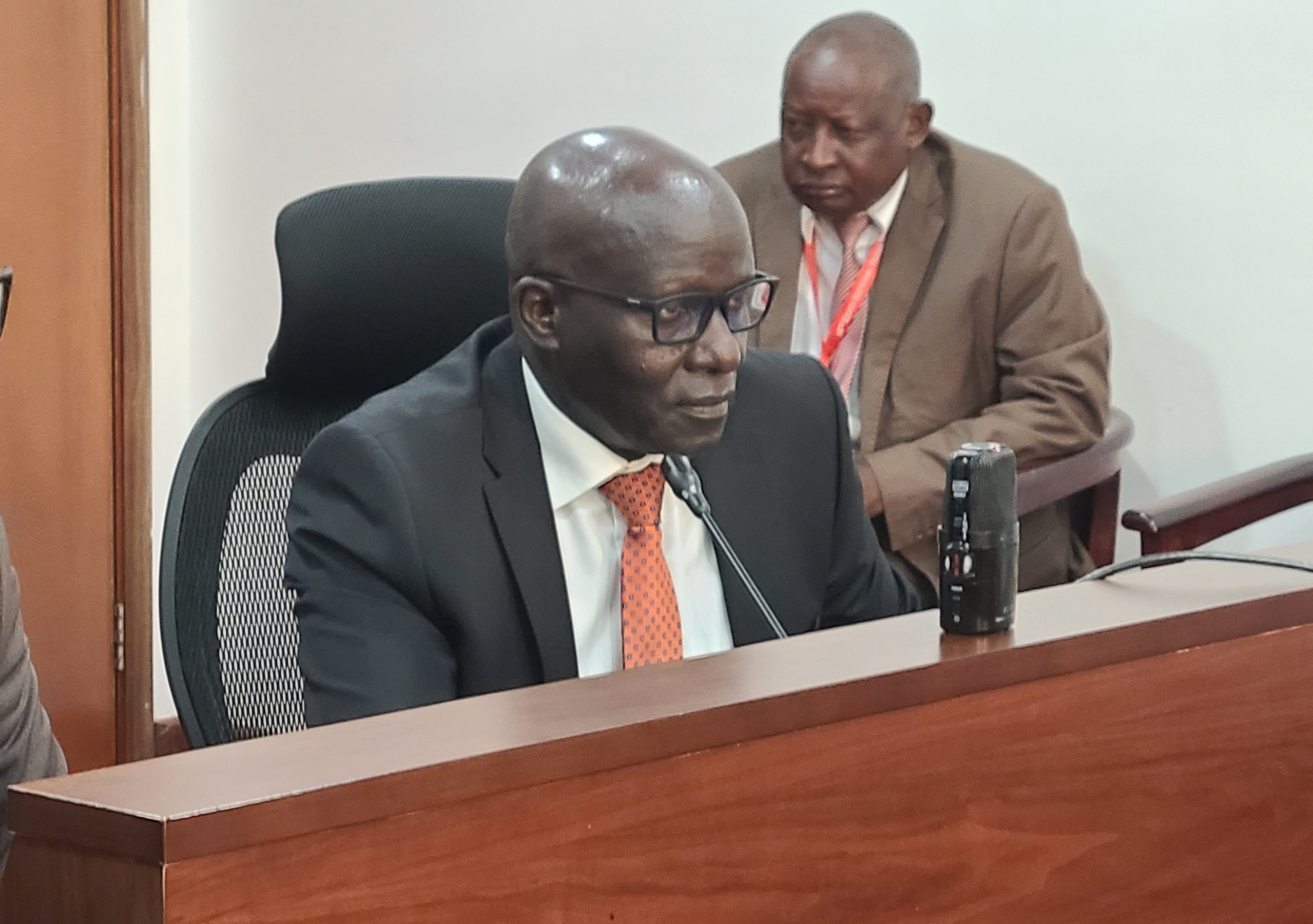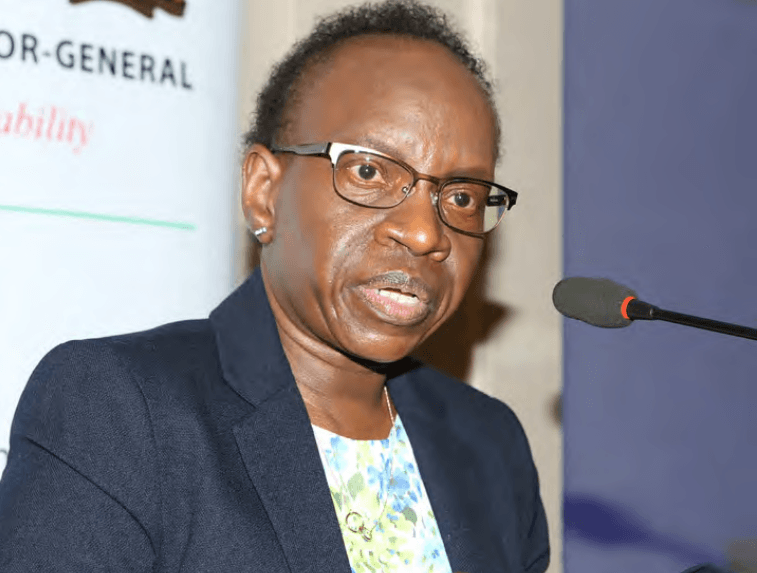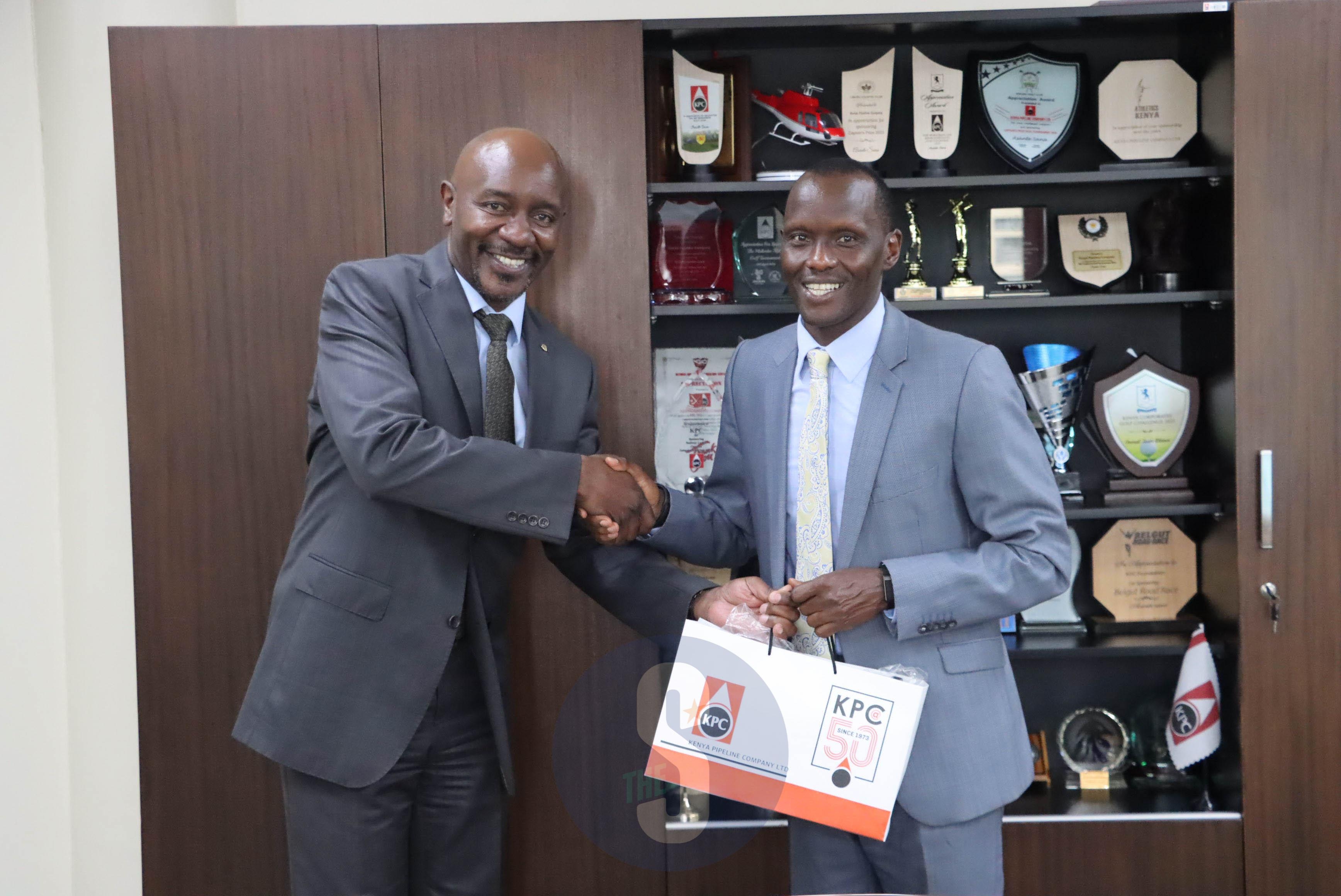Article 43 of our Constitution guarantees the right to the highest attainable healthcare. Demand for quality and accessible healthcare is sustainably growing in the country due to an assortment of factors. They include a rapidly growing population, increasing awareness among the population, improved health technologies and an increase in lifestyle diseases among others.
At the Kenya Medical Practitioners and Dentists Council we often get requests from would-be investors on how to open a health facility.
It is important to note that one does not necessarily need to be a doctor or a medical practitioner to establish a health facility. Like any other business, an investor needs a combination of expertise, resources and adherence to regulatory standards.
But before investing in a hospital, one must appreciate that it is a complex and demanding venture that requires careful planning, significant resources and full commitment to quality health provision. This applies whether one is opening a basic community health unit or a specialised hospital, all of which have various requirements from inception to the operational phases.
So, how to go about it?
First, one needs to conduct a thorough needs assessment. A needs assessment will establish if the proposed new health facility is feasible. A needs assessment will determine the type of hospital needed, its size, specialties and location.
Second, an investor must develop a business plan that outlines the proposed facility’s mission, vision, goals, target market, services offered, organisational structure and financial projections all of which are essential for ensuring the hospital's long-term viability.
The business plan will trigger the next step, that is, seeking the necessary legal and regulatory compliance which includes obtaining licenses, permits and accreditation from relevant authorities.
Finance is the fourth basic requirement and this includes for construction costs, equipment procurement, staff salaries, operational expenses and contingency funds. It is at this stage that infrastructure comes into play.
The hospital infrastructure must meet healthcare standards by considering the layout, patient flow, infection control and other safety measures.
Another critical requirement is human resources. Investors must recruit qualified medical staff and develop policies and procedures for staffing, scheduling, performance evaluation and professional development to enhance a good working environment and high standards of patient care.
Finally, one must procure the right medical equipment and supplies. This includes diagnostic tools, treatment modalities, surgical instruments, pharmaceuticals and IT systems. A health management information system is also required for patient records and follow up, tracking the diseases being encountered in the hospital, reporting to authorities and to guide the hospital planning.
In all these steps would be investors in health facilities must ensure that they are guided by the qualifications and requirements set by the KMPDC. It is only after meeting these requirements that the investors can apply for registration.
The application forms for registration can be downloaded from the KMPDC website or the KMPDC offices. After application one needs to submit the application along with the required supporting documents and pay the prescribed application fees as specified by KMPDC.
The next step is their review and approval. After inspection, KMPDC will review the application and health facility inspection report. If the facility meets the requirements, KMPDC will issue a registration certificate authorising its operation as a registered health facility which usually takes a minimum process of two weeks. The facility then acquires an operating license to start its operations
The KMPDC will thoroughly review the application and health facility inspection report after inspection. If the facility meets all requirements, KMPDC will issue a registration certificate authorising its operation as a registered health facility. This process typically takes at least two weeks.
Once the registration certificate is granted, the facility can then apply for an operating license. This license is the final step in the process and allows the facility to commence its operations.
The writer is the KMPDC CEO















